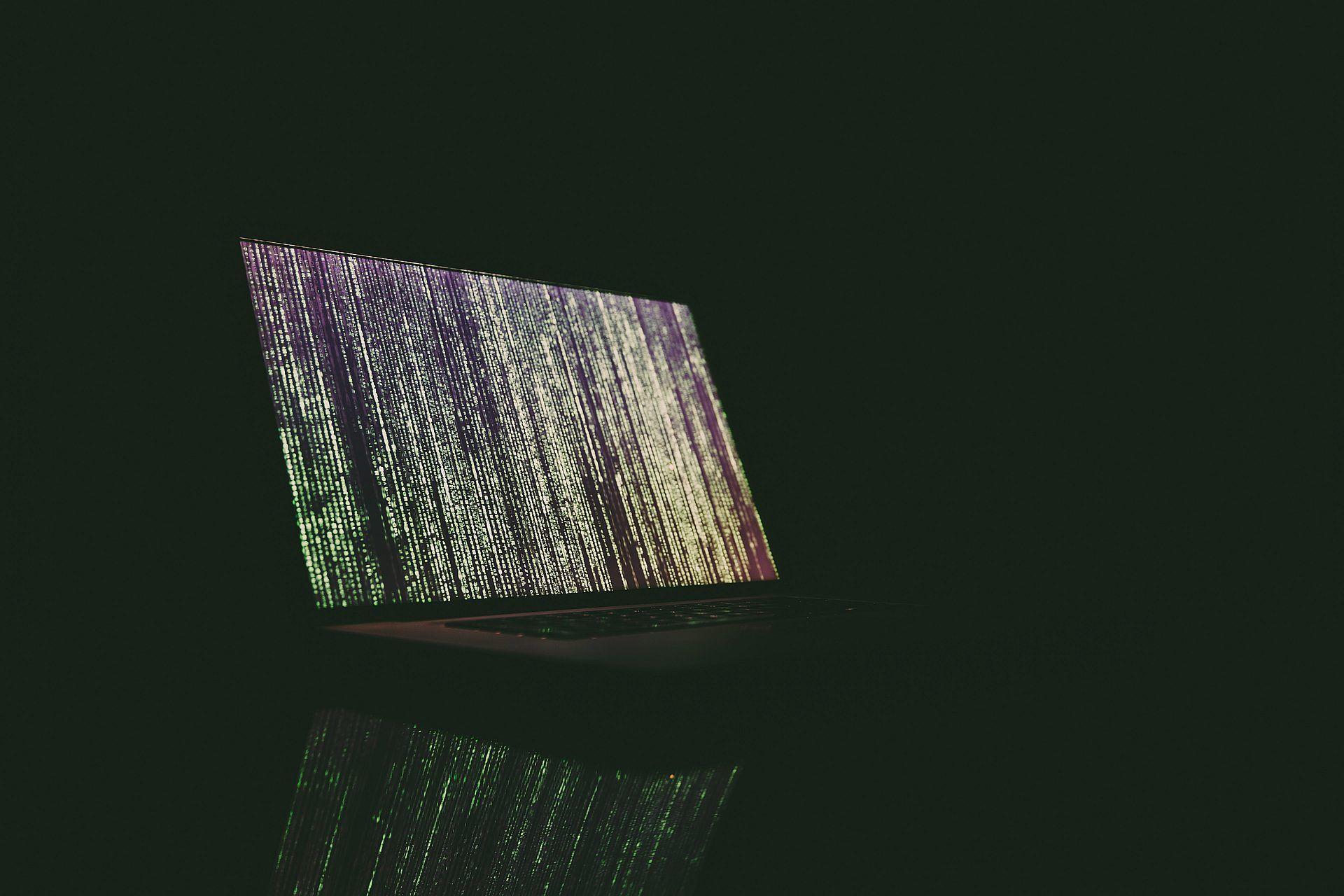The internet is a fantastic phenomenon. The total combined knowledge of the world is at our fingertips. You can learn about literally anything online, and that’s just one use for the World Wide Web. In addition to learning about random events, history and facts, you can do so much more. Whether shopping online for clothes or household goods, doing your banking, taxes, life administration and medical care, you can use the net for much you need to achieve. It’s also central to most jobs and can be used for leisure, such as gaming, streaming and booking holidays.
However, the internet also carries risks with its use. Viruses, malware, ransomware and other nefarious applications can cause havoc on networks, affecting personal, government or private commerce systems. That’s why the role of Cybersecurity Analysts, who have completed an online masters in cybersecurity, or other specialized study in this area, are essential to most medium to large-sized organizations. And these roles can utilize AI technology to assist them in their duties. This informative article will share how AI can make a significant difference in the life of a Cybersecurity Analyst. Read on to learn more.
What does a cybersecurity analyst do?
Before we dig into how AI can assist these roles, let’s first unpack what a Cybersecurity Analyst does daily.

Essentially, a Cybersecurity Analyst protects computer networks from vicious cyberattacks and unauthorized access from hackers and crackers. They do this by anticipating how attacks may occur and defending against possible scenarios. In addition, they also respond to and manage security breaches when they occur. Furthermore, they play a crucial role in protecting their employer’s data and the data of customers or clients. They protect all software, hardware and networks (both LAN and cloud) from theft, breaches or access from unauthorized parties. Large organizations may employ whole teams of Cybersecurity Analysts, whereas smaller businesses might employ one or two roles.
Now, let’s cover how AI can assist these essential roles in performing their duties.
How AI solutions differ from traditional cybersecurity methods
Before AI exploded into the shockwave it is sending throughout tech companies, traditional cybersecurity methods relied heavily on “signature-based detection systems”. These systems compared incoming traffic to a network with a database of known malicious code and suspicious activity. When a match occurred, the system would send an alert and take steps to block, quarantine or neutralize the threat. This method relied on an up-to-date database of threats, which was a major flaw because it meant that novel (new) threats were undetectable until they compromised a system.
In contrast, AI cybersecurity solutions use machine learning algorithms that can detect and respond to known and novel threats in real-time, preventing malicious code and applications from entering and infecting a network. These algorithms are trained using massive amounts of data, including historical threat data and other data from the network to recognize patterns that humans might have difficulty spotting. This removes the need for human intervention.
An example is that a machine learning algorithm can analyze a network’s traffic patterns to spot behavior that could indicate an incoming cyberattack. The program can then alert a human Cybersecurity Analyst to respond to the threat or even automate a response. Furthermore, the machine learning aspect of AI means that the AI system is continuously learning and adapting in a constant state of upgrade in flux.

AI systems can detect and prevent phishing attacks
Phishing is a widespread cyberattack method that targets individuals hoping to access an organization’s systems. Phishing is when hackers send an email or text message to someone, impersonating someone from their organization or a partner or customer, hoping to sneak in malware such as a virus, trojan horse or ransomware. If someone opens an attachment or follows a hyperlink, the hacker can wreak havoc throughout the network.
Traditional phishing detection methods usually rely on blacklisting or rules-based filtering and have the same limitations mentioned above, as in they only prevent known malware. They can fail to spot novel or evolved attacks.
An AI phishing detection system can use machine learning algorithms to analyze emails to identify potential phishing attempts. Again, they learn this from vast amounts of available data, which are analyzed to detect anomalies or patterns that indicate a phishing attempt.
Furthermore, AI can analyze user behavior, such as clicking on suspicious links, entering credentials, or replying to a phishing email with personal information. The AI can then send an alert to a Cybersecurity Analyst, who can take appropriate action from there.
Watchdog AI agents clash against their weaponized counterparts on digital fronts: Take a closer look at artificial intelligence in cybersecurity
Breach risk analysis, prediction and protection
Breach risk is a term used to refer to the risk of an organization’s systems being breached by hackers. AI-based systems can predict breach risk rates and where a breach is likely to occur so the Cybersecurity Analyst can plan for tool and resource allocation towards weak spots, which can mitigate the breach risk. In addition, the insights gleaned by AI can help the roles enhance and configure control mechanisms and processes to improve their company’s cyber security.

Prevent insider threats
Insider threats are when employees engage in malicious cyber activities to enable fraud, data theft and other cybercrimes. This is a significant risk for all organizations, as a disgruntled or greedy employee or corporate espionage agent can easily compromise a network or sensitive data. AI systems can analyze user behavior and identify staff undertaking malicious activity. The systems can flag with the Cybersecurity Analysts, who can notify the appropriate authorities to take action against the threat.
Navigating the evolving landscape: Top 5 cybersecurity analytics tools
A cybersecurity conclusion
In this article, we’ve discussed how Cybersecurity Analysts can utilize AI technology to make their jobs more effective. We’ve covered how AI differs from traditional cybersecurity approaches, how machine learning can detect known and novel threats in real time, how AI can prevent phishing attacks and how AI systems can aid breach analysis and detect insider threats.
Featured image credit: Jefferson Santos/Unsplash





